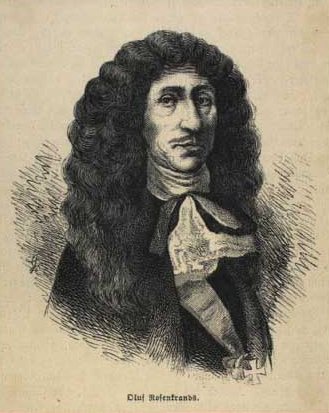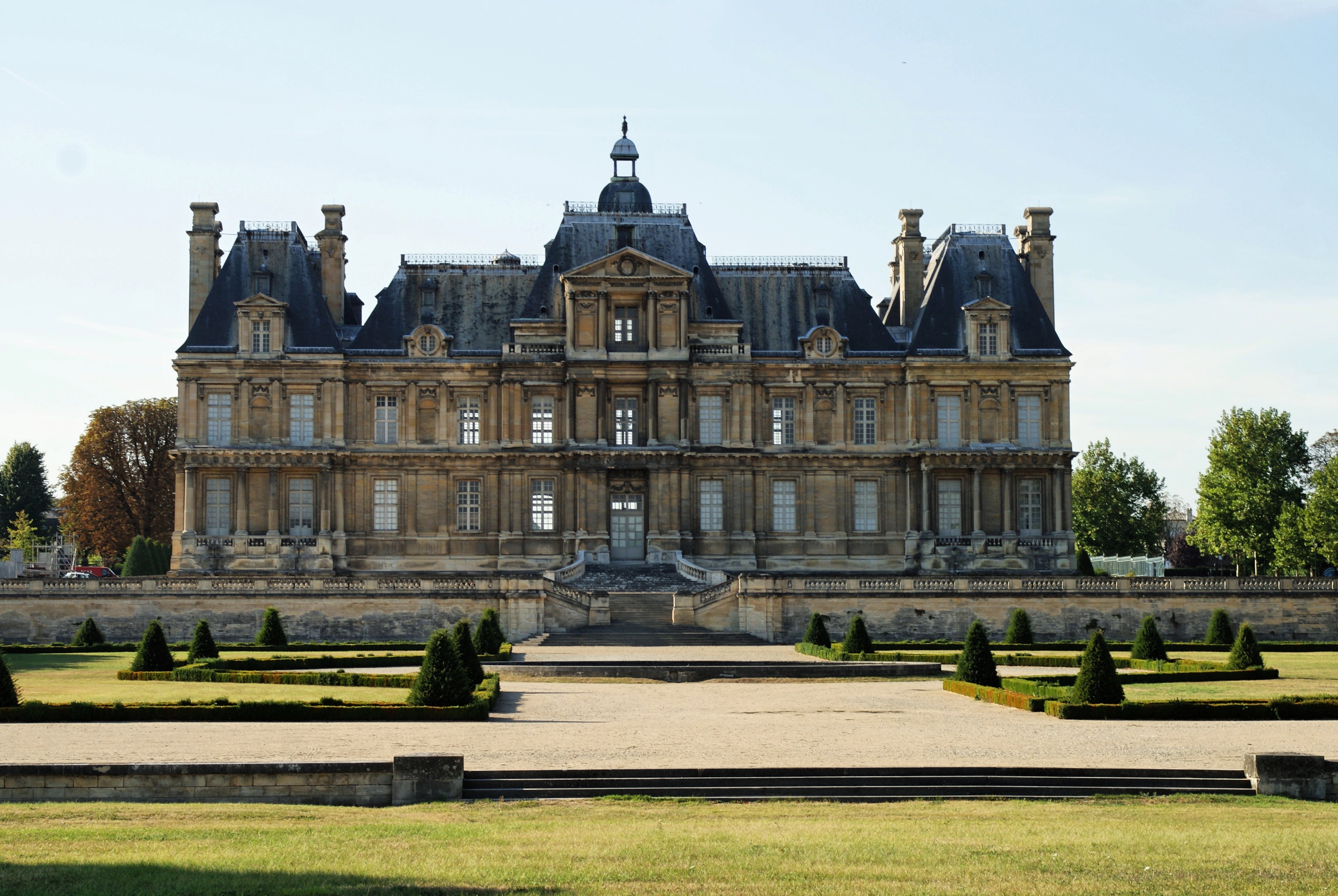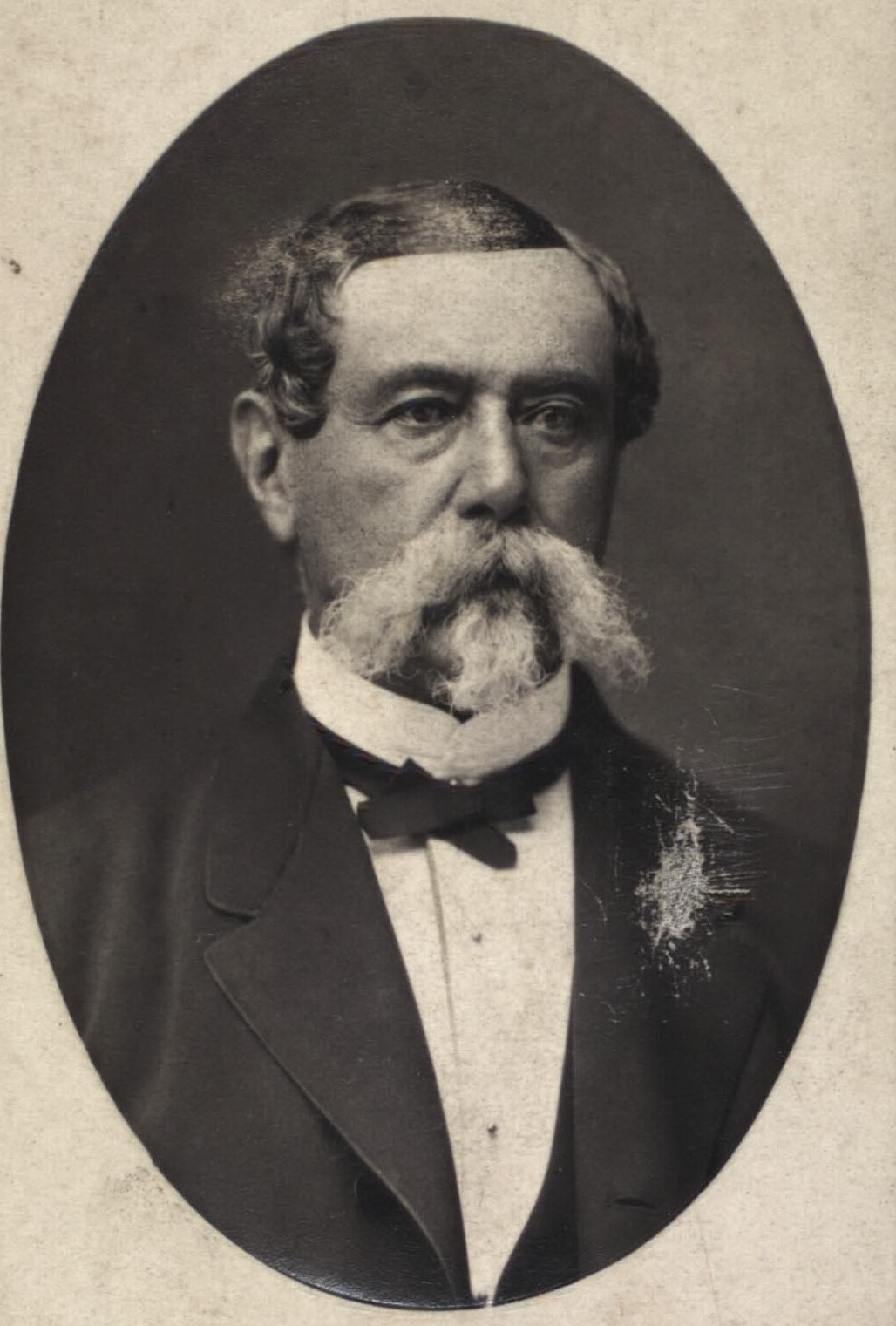|
Egholm, Lejre Municipality
Egholm is a manor house and estate situated on the Hornsherred, Hornsherred Peninsula, between Kirke Hyllinge and Skibby, in Lejre Municipality, some 60 km west of Copenhagen, Denmark. The Neoclassical architecture, Neoclassical main building from 1824, a gatehouse from 1870, a barn from 1880, a stable from circa 1890 and a former horse mill were listed on the Listed buildings in Lejre Municipality, Danish registry of protected buildings and places in 1998. Another building is now operated as an arms museum under the name Egholm Museum. The estate covers 770 hectares of land. History 14th century – 1640: Early history Egholm traces its history back to the 13th century. Remains of a Romanesque castle is still seen at the site. It is believed that it was built for Jacob Nielsen, Count of Halland, a grandson of Valdemar II of Denmark, Valdemar II. Egholm is first mention in written records in 1405 when it was owned by Predbjørn Podebusk. In 1419 he presented the estate to his nephe ... [...More Info...] [...Related Items...] OR: [Wikipedia] [Google] [Baidu] |
Neoclassical Architecture
Neoclassical architecture is an architectural style produced by the Neoclassical movement that began in the mid-18th century in Italy and France. It became one of the most prominent architectural styles in the Western world. The prevailing styles of architecture in most of Europe for the previous two centuries, Renaissance architecture and Baroque architecture, already represented partial revivals of the Classical architecture of ancient Rome and (much less) ancient Greek architecture, but the Neoclassical movement aimed to strip away the excesses of Late Baroque and return to a purer and more authentic classical style, adapted to modern purposes. The development of archaeology and published accurate records of surviving classical buildings was crucial in the emergence of Neoclassical architecture. In many countries, there was an initial wave essentially drawing on Roman architecture, followed, from about the start of the 19th century, by a second wave of Greek Revival architec ... [...More Info...] [...Related Items...] OR: [Wikipedia] [Google] [Baidu] |
Niels Rosenkrantz
Niels Rosenkrantz (9 September 1757 in Øyestad, Norway - 6 January 1824 in Copenhagen) was a Danish-Norwegian statesman, diplomat and prime minister. He was the son of Otto Christian Rosenkrantz and Karen Johanne Rønning. After a short time of service in the military, Niels Rosenkrantz began to serve as a diplomat. In 1783, he was appointed as the Danish minister in The Hague. In 1784, he was assigned as the Danish minister in St. Petersburg. He became the Danish minister in residence of Warsaw in 1787. He served as the Danish Chamberlain and charge d'affaires at the Russian court in 1789. In 1795, he served as the Danish ambassador to the Prussian court in Berlin. In 1800, he was appointed as an ambassador to the Russian court. That same year, he became a knight of the Order of Dannebrog. In 1801, he was ordered by Czar Paul I to immediately leave Russia. He was re-invited to be the ambassador to the Russian court 1802-04 following Paul I's assassination and the ascension o ... [...More Info...] [...Related Items...] OR: [Wikipedia] [Google] [Baidu] |
Occupation Of Denmark
At the outset of World War II in September 1939, Denmark declared itself neutral. For most of the war, the country was a protectorate and then an occupied territory of Germany. The decision to occupy Denmark was taken in Berlin on 17 December 1939. On 9 April 1940, Germany occupied Denmark in Operation Weserübung. The Danish government and king functioned as relatively normal in a ''de facto'' protectorate over the country until 29 August 1943, when Germany placed Denmark under direct military occupation, which lasted until the Allied victory on 5 May 1945. Contrary to the situation in other countries under German occupation, most Danish institutions continued to function relatively normally until 1945. Both the Danish government and king remained in the country in an uneasy relationship between a democratic and a totalitarian system until the Danish government stepped down in a protest against German demands to institute the death penalty for sabotage. Just over 3,000 Danes ... [...More Info...] [...Related Items...] OR: [Wikipedia] [Google] [Baidu] |
Bronze Age
The Bronze Age is a historic period, lasting approximately from 3300 BC to 1200 BC, characterized by the use of bronze, the presence of writing in some areas, and other early features of urban civilization. The Bronze Age is the second principal period of the three-age system proposed in 1836 by Christian Jürgensen Thomsen for classifying and studying ancient societies and history. An ancient civilization is deemed to be part of the Bronze Age because it either produced bronze by smelting its own copper and alloying it with tin, arsenic, or other metals, or traded other items for bronze from production areas elsewhere. Bronze is harder and more durable than the other metals available at the time, allowing Bronze Age civilizations to gain a technological advantage. While terrestrial iron is naturally abundant, the higher temperature required for smelting, , in addition to the greater difficulty of working with the metal, placed it out of reach of common use until the end o ... [...More Info...] [...Related Items...] OR: [Wikipedia] [Google] [Baidu] |
Egholm - Staldvinkelbygning
Egholm is a Danish island in the Limfjord close to Aalborg. The island covers an area of and had 55 inhabitants in 2013. Egholm can be reached by ferry A ferry is a ship, watercraft or amphibious vehicle used to carry passengers, and sometimes vehicles and cargo, across a body of water. A passenger ferry with many stops, such as in Venice, Italy, is sometimes called a water bus or water taxi ... from Aalborg within 5 minutes. External links * https://web.archive.org/web/20070205043000/http://www.oeturisme.dk/Egholm.htm Islands in the Limfjord Geography of Aalborg Municipality Towns and settlements in Aalborg Municipality Aalborg Municipality {{Denmark-island-stub ... [...More Info...] [...Related Items...] OR: [Wikipedia] [Google] [Baidu] |
Hip Roof
A hip roof, hip-roof or hipped roof, is a type of roof where all sides slope downwards to the walls, usually with a fairly gentle slope (although a tented roof by definition is a hipped roof with steeply pitched slopes rising to a peak). Thus, a hipped roof has no gables or other vertical sides to the roof. A square hip roof is shaped like a pyramid. Hip roofs on houses may have two triangular sides and two trapezoidal ones. A hip roof on a rectangular plan has four faces. They are almost always at the same pitch or slope, which makes them symmetrical about the centerlines. Hip roofs often have a consistent level fascia, meaning that a gutter can be fitted all around. Hip roofs often have dormer slanted sides. Construction Hip roofs are more difficult to construct than a gabled roof, requiring more complex systems of rafters or trusses. Hip roofs can be constructed on a wide variety of plan shapes. Each ridge is central over the rectangle of the building below it. The t ... [...More Info...] [...Related Items...] OR: [Wikipedia] [Google] [Baidu] |
Avant-corps
An ''avant-corps'' ( it, avancorpo or , plural , german: Risalit, pl, ryzalit), a French term literally meaning "fore-body", is a part of a building, such as a porch or pavilion, that juts out from the ''corps de logis'', often taller than other parts of the building. It is common in façades in French Baroque architecture. Particularly in German architecture, a corner ''Risalit'' is where two wings meet at right-angles. Baroque three-winged constructions often incorporate a median ''Risalit'' in a main hall or a stairwell, such as in Weißenstein Palace Weißenstein ( sl, Bilšak) is a town in the district of Villach-Land in the Austrian state of Carinthia. Geography Weißenstein lies in the lower Drau valley northwest of Villach. The highest point in the municipality is the Spitzeck at 1517 ... and the . Terms By position to the building A central avant-corps stands in the middle of the facade. A side projection is positioned off-centre. Two wings (usually) runn ... [...More Info...] [...Related Items...] OR: [Wikipedia] [Google] [Baidu] |
Egholm Slot - Gatehouse 01
Egholm is a Danish island in the Limfjord close to Aalborg. The island covers an area of and had 55 inhabitants in 2013. Egholm can be reached by ferry A ferry is a ship, watercraft or amphibious vehicle used to carry passengers, and sometimes vehicles and cargo, across a body of water. A passenger ferry with many stops, such as in Venice, Italy, is sometimes called a water bus or water taxi ... from Aalborg within 5 minutes. External links * https://web.archive.org/web/20070205043000/http://www.oeturisme.dk/Egholm.htm Islands in the Limfjord Geography of Aalborg Municipality Towns and settlements in Aalborg Municipality Aalborg Municipality {{Denmark-island-stub ... [...More Info...] [...Related Items...] OR: [Wikipedia] [Google] [Baidu] |
Falck (emergency Services Company)
Falck A/S is a Danish organization with activities in most areas of Europe and representation on five continents. It has four business areas: healthcare, assistance, safety services and emergency assistance. The firm has 27,000 employees in 30 countries. The company's current CEO is Jakob Riis. History The company was founded in 1906 by Sophus Falck after he witnessed and volunteered at a fire at the Christiansborg Palace in Copenhagen, Denmark, in 1884. The lack of organization made a big impression on him, and motivated the creation of Falck later on in 1906. His mission was to help others in emergency situations. Today, Falck operates in 30 countries and on six continents. By 1956 the firm was a nationwide operator with 100 rescue stations in Denmark, and the company expanded seven years later by acquiring the shares of the Zonen rescue service, their main Danish road assistance competitor. In 1988 The Falck family sold the firm to Baltica, a Danish-based insurer. The ... [...More Info...] [...Related Items...] OR: [Wikipedia] [Google] [Baidu] |
Sophus Falck
Sophus August Falck (15 November 1864 in Copenhagen – 29 July 1926 in Copenhagen) was a Denmark, Danish pioneer in the area of firefighting and Emergency service, rescue services. In 1906 he founded the company Falck (emergency services company), Falck Rescue Corps ( da, Falcks Redningskorps). This later evolved into one of the world's biggest security and emergency services corporations. Sophus Falck was quoted for saying: "Rapid assistance is double assistance”; this was the motto on which Falck had established his business. Falck's business would flourish due to his philosophy on the importance of service without consideration of compensation or reward; he was quoted: "To prevent or limit the consequences of accidents or destruction .... Respond when people or animals are in danger of life, and assist whether payment is possible or not". He named his company after his own surname.The Falck History; Falck Nutec; 2014 See alsoCompany website *Nudansk leksikon (entry "Fa ... [...More Info...] [...Related Items...] OR: [Wikipedia] [Google] [Baidu] |
Egholm Drawing
Egholm is a Danish island in the Limfjord close to Aalborg. The island covers an area of and had 55 inhabitants in 2013. Egholm can be reached by ferry A ferry is a ship, watercraft or amphibious vehicle used to carry passengers, and sometimes vehicles and cargo, across a body of water. A passenger ferry with many stops, such as in Venice, Italy, is sometimes called a water bus or water taxi ... from Aalborg within 5 minutes. External links * https://web.archive.org/web/20070205043000/http://www.oeturisme.dk/Egholm.htm Islands in the Limfjord Geography of Aalborg Municipality Towns and settlements in Aalborg Municipality Aalborg Municipality {{Denmark-island-stub ... [...More Info...] [...Related Items...] OR: [Wikipedia] [Google] [Baidu] |
Wolfgang Von Haffner
Wolfgang von Haffner (10 September 1810 – 28 April 1887) was a Danish military officer and politician. He was born in Valby as a son of Johan Wolfgang Reinhold Haffner and a nephew of Adam Mogens Wenzel Haffner. In November 1832, he married Sophie Wilhelmine Caroline Krieger (1807–1889). He had a military career in his early life, being second lieutenant at the age of 15. He became Chamberlain (office), chamberlain in 1847 and general à la suite in 1871. He was a member of the Landsting (Denmark), Danish Landsting from 1866 to his death. He became the List of Interior Ministers of Denmark, Interior Ministers of Denmark in the Cabinet of Frijs on 22 September 1869, and held this position until 28 May 1870 when the cabinet fell. He immediately joined the new Cabinet of Holstein-Holsteinborg, as both List of Defence Ministers of Denmark, War Minister and List of Defence Ministers of Denmark, Navy Minister. He left in 1872 due to disagreements with the Finance Minister, Andreas ... [...More Info...] [...Related Items...] OR: [Wikipedia] [Google] [Baidu] |

_-_facade_on_Piazza_dei_signori.jpg)







